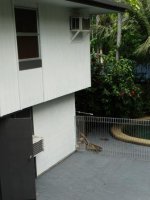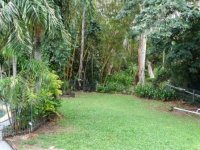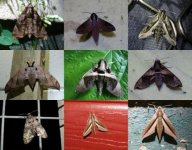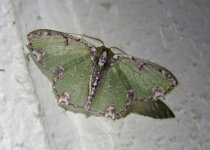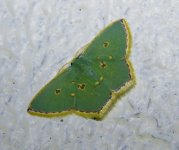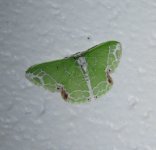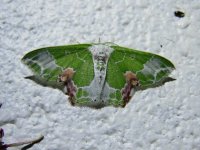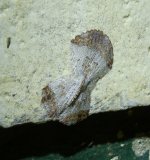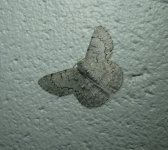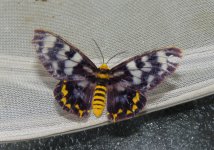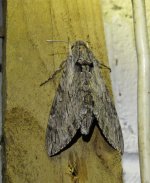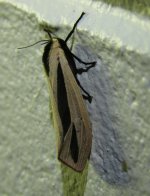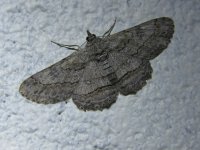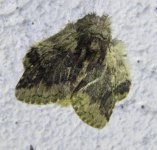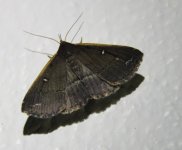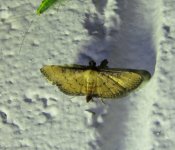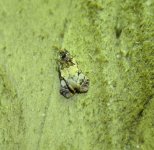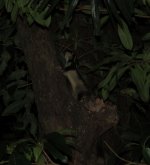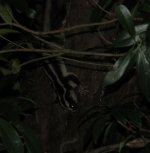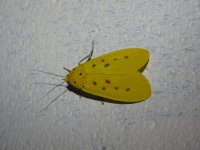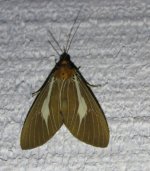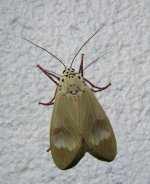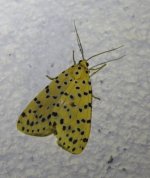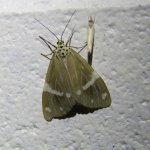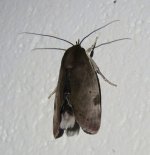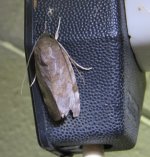As an ex UK mother I have been really enjoying the monthly threads and so I thought I would start a complimentary thread about mothing DownUnder. I predominantly trap in my back garden (although I am hoping this year to take my generator out and visit a few places on the nearby Tablelands). I have recently moved back to Yorkeys Knob a coastal community approx 15km north of Cairns. I trap using a 125W Mv bulb against a white wall as the potential for unwanted and unpleasant by catch to be lurking in egg boxes when I turn them over is great, this does mean that moths escape and that I tend to turn the light off between midnight and 1am so I do miss some late flyers.
The Australian moth fauna is very diverse with between 25-30,000 species and unsurprisingly no comprehensive guide which makes ID a major challenge; primarily for storage reasons I do not retain specimens in anything other than photographic form and this too has an impact on my ability to ID what I see. There are several good on-line resources, some specifically for Australian moths (such as http://lepidoptera.butterflyhouse.com.au/imagos.html), some for other countries in the region (such as http://www.papua-insects.nl/insect orders/Lepidoptera/Lepidoptera families.htm) and others for specific groups (such as http://choreutidae.myspecies.info/).
I have been actively trapping since Feb this year and have managed so far to ID to either species or family level approx 630 species with several hundred photos still to be worked on.
The first two photos show my trap site and garden - the light is set up against the white wall on the first picture; the area has large gardens with a mix of native and non-native trees and my garden backs onto some melaluca woodland and swamp. The collage shows 9 of the 25 species of hawkmoth I have caught in my garden so far this year
The Australian moth fauna is very diverse with between 25-30,000 species and unsurprisingly no comprehensive guide which makes ID a major challenge; primarily for storage reasons I do not retain specimens in anything other than photographic form and this too has an impact on my ability to ID what I see. There are several good on-line resources, some specifically for Australian moths (such as http://lepidoptera.butterflyhouse.com.au/imagos.html), some for other countries in the region (such as http://www.papua-insects.nl/insect orders/Lepidoptera/Lepidoptera families.htm) and others for specific groups (such as http://choreutidae.myspecies.info/).
I have been actively trapping since Feb this year and have managed so far to ID to either species or family level approx 630 species with several hundred photos still to be worked on.
The first two photos show my trap site and garden - the light is set up against the white wall on the first picture; the area has large gardens with a mix of native and non-native trees and my garden backs onto some melaluca woodland and swamp. The collage shows 9 of the 25 species of hawkmoth I have caught in my garden so far this year




